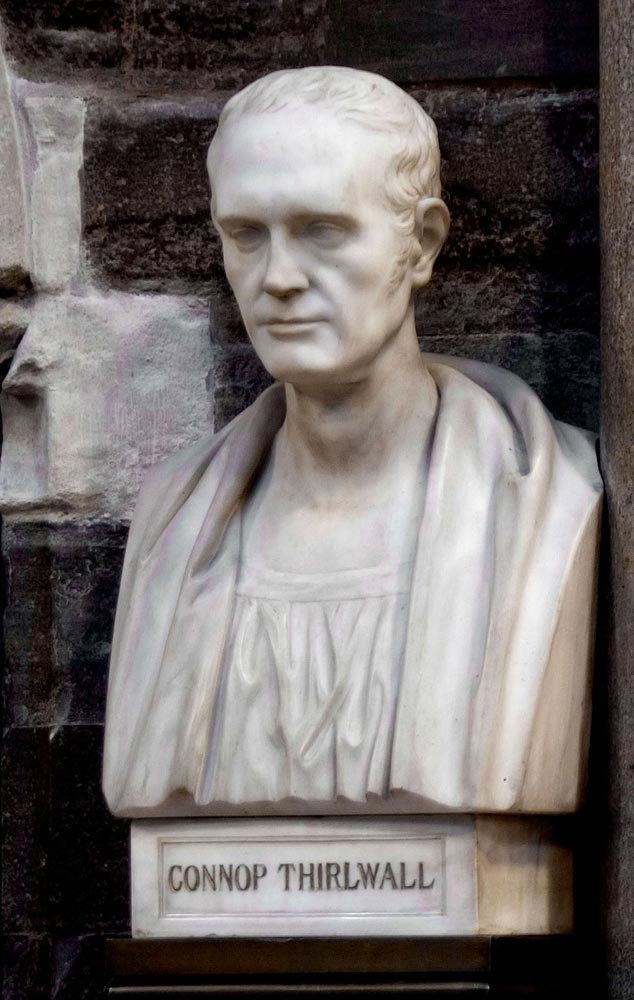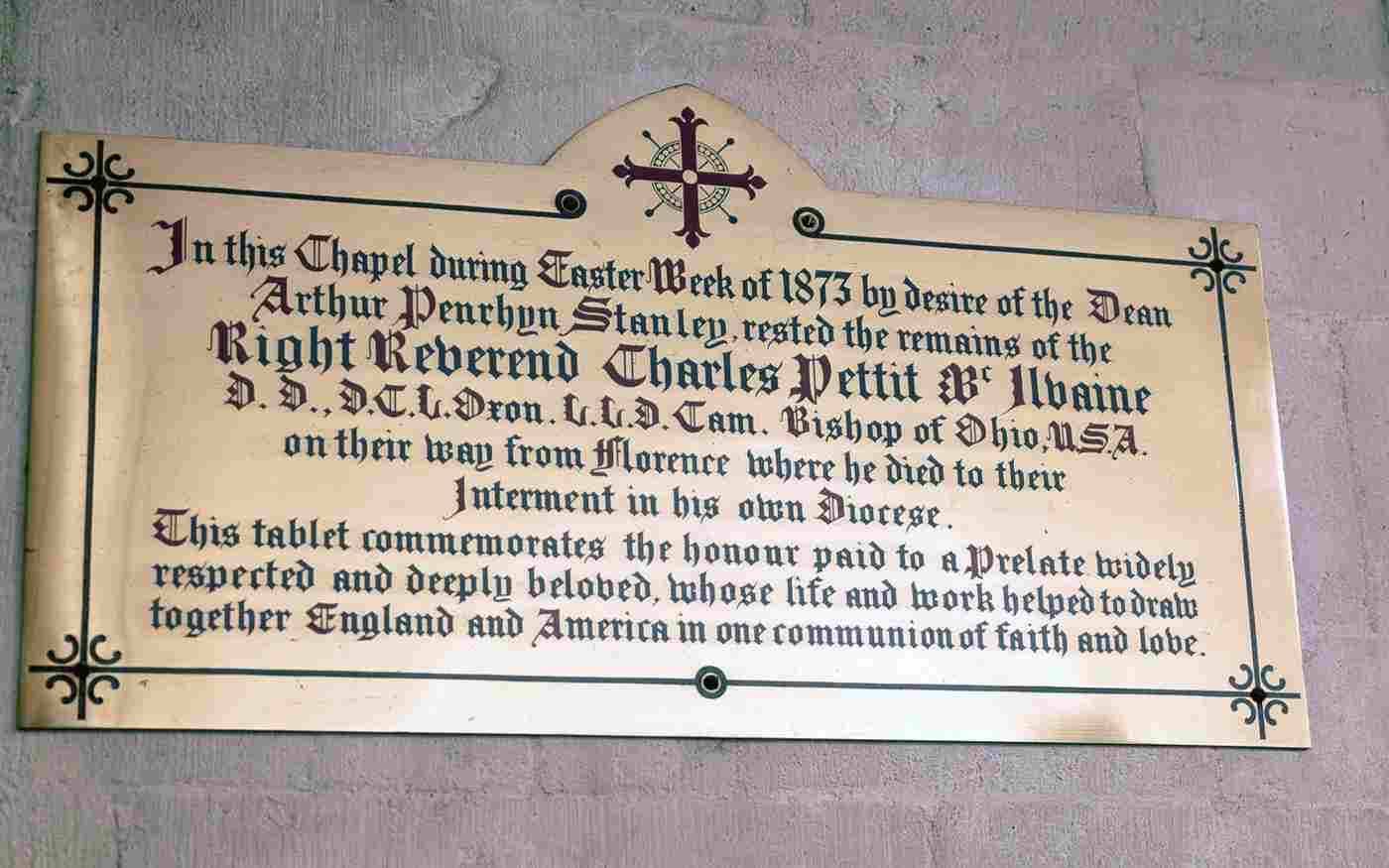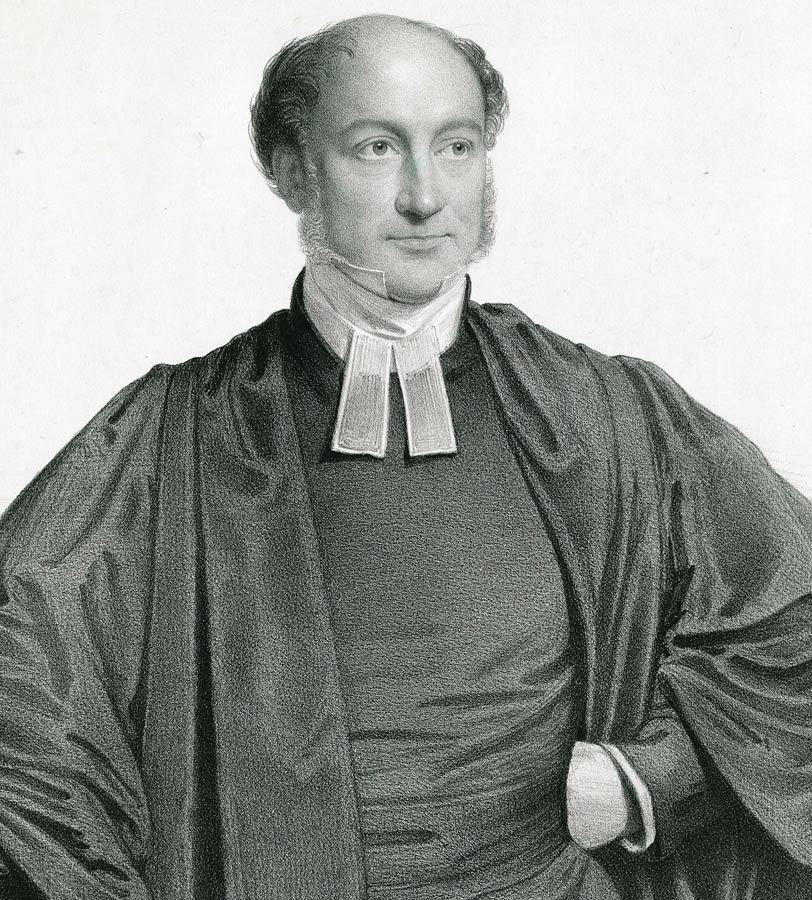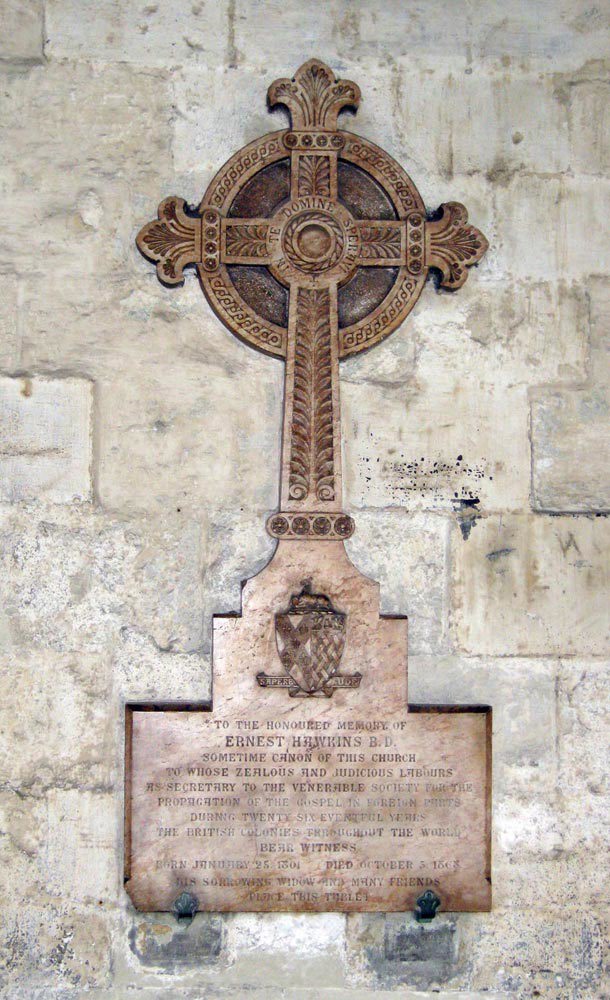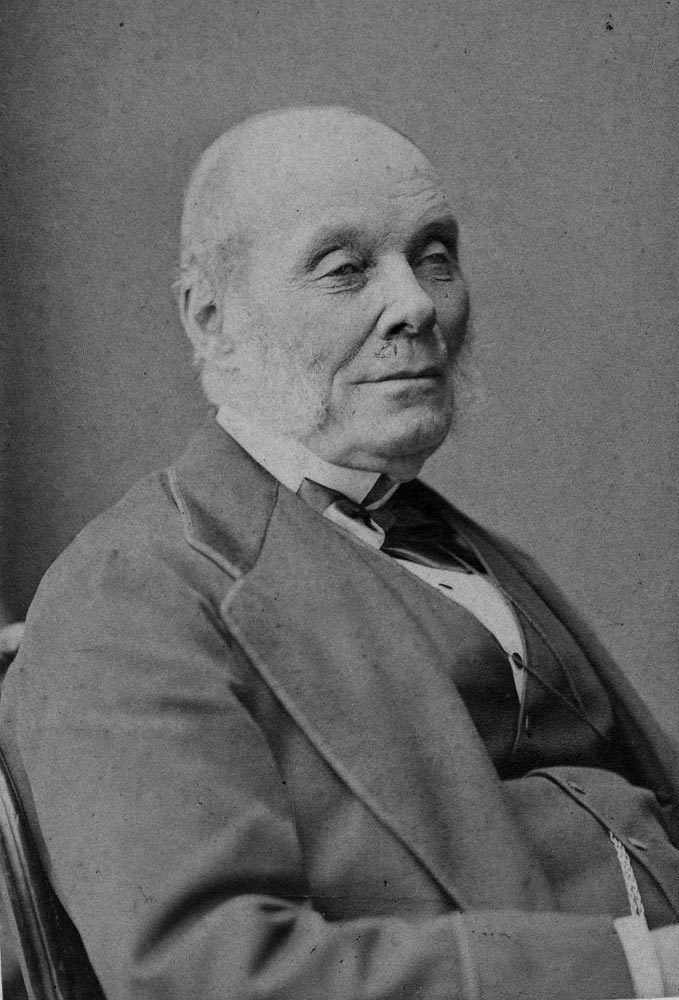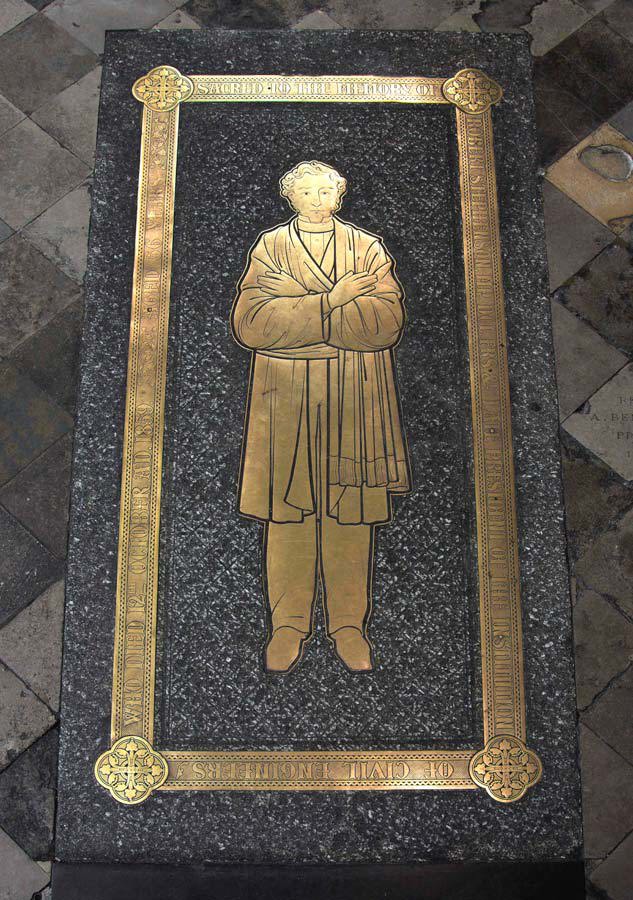Lord John Thynne & Family
In the north choir aisle of Westminster Abbey is a monument to Lord John Thynne, Sub Dean of Westminster. This shows his white marble life sized recumbent effigy wearing a cope with his feet resting on a deer, beneath an arch, with a carved coat of arms. The tomb chest is decorated with uncoloured shields and all is in a red-veined Derbyshire alabaster. The design is by J.L. Pearson and the monument was made by Henry Hugh Armstead. The inscription reads:
John Thynne, D.D., son of 2nd Marquess of Bath K.G. Born Nov.7th 1798. Died Feb.9th 1881; 50 years Canon and 45 years Sub-Dean of this Collegiate Church. In memorian Christus vita mors lucrum
It is placed in the space once occupied by the monument to Dame Elizabeth Carteret, one of Thynne's ancestors. Dean Trench called that monument grotesque and inappropriate so Lord John removed most of it to his country seat at Haynes in Bedfordshire, where he himself was buried.
He was a son of Thomas, 2nd Marquess of Bath and his wife Isabella. He was educated at Eton and Cambridge and was rector of Blackwell, and of Street in Somerset and of Kingston Deverill in Wiltshire. In 1828 he became a canon and sub-dean of Lincoln and exchanged this for a canonry at Westminster in 1831. In 1835 he became sub-dean and discharged the duties of dean whilst Dean Ireland was unable to do so and later when Dean Buckland was ill. But he declined the deanery of Westminster, and also those of Wells and Windsor. During his time at the Abbey he made many improvements to the services, the choir and the church attendants. He was described as a tall, handsome gentleman, very constant in attendance at services and he lived in Ashburnham House in the Abbey precincts (this house now belongs to Westminster School).
He married Anna, daughter of the Reverend Charles Cobbe Beresford and they had ten children, only seven of whom survived infancy. George died of typhus and Captain William Frederick Thynne was killed at the capture of Lucknow in India in March 1858. Lord John erected a stained glass window to him in the north transept of the Abbey but this was destroyed by blast during the second world war. His name and those of others who fell are inscribed on a stone just inside the entrance doors. The other children were Francis, Arthur, John Charles, Selina and Emily. Three sons were married at the Abbey. Anna invented the domestic aquarium and died in 1866 and is buried at Haynes.
John Charles Thynne
A tablet to the 6th son of Lord John is in the east cloister. He became Receiver General at the Abbey and lived at 3 Little Cloister. The inscription reads:
In memory of John Charles Thynne. Born 14 April 1838. Died 11 Mar 1918. Receiver General to the Dean & Chapter 1865-1902. He lived in this cloister and served the Abbey for many years. This tablet is erected by his daughters J.C. A.H. & B.T." [Joan Campbell, Agatha Hindlip and Beryl Thynne]
The memorial was repaired and repainted in 1969. He married Mary Elizabeth Murray Macgregor in the Abbey on 25th April 1871. The eldest daughter Joan married Hugh Vaughan Campbell, Viscount Emlyn in the Abbey in 1898 and was later Countess Cawdor. She died on 26th July 1945 and their daughter Janet married John Gore in the Abbey in 1926. Agatha married Charles Allsopp, Baron Hindlip in the Abbey in 1904 and Beryl died unmarried in 1937. Sons Geoffrey and Lionel were baptised in the Abbey in 1874 and 1875 respectively.
Further reading for Anna
"Theatres of Glass - the woman who brought the sea to the city" by Rebecca Stott, 2003
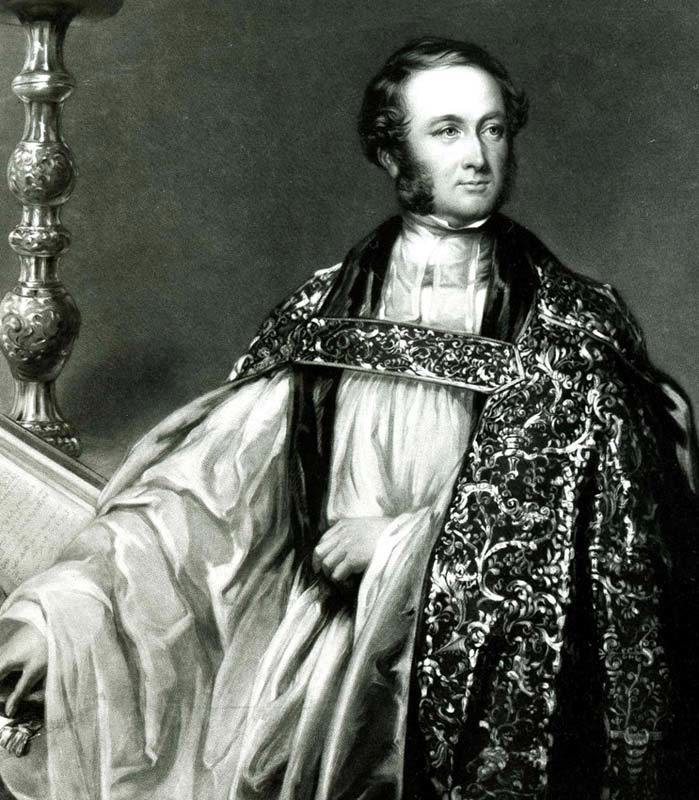
This image can be purchased from Westminster Abbey Library
Image © 2026 Dean and Chapter of Westminster
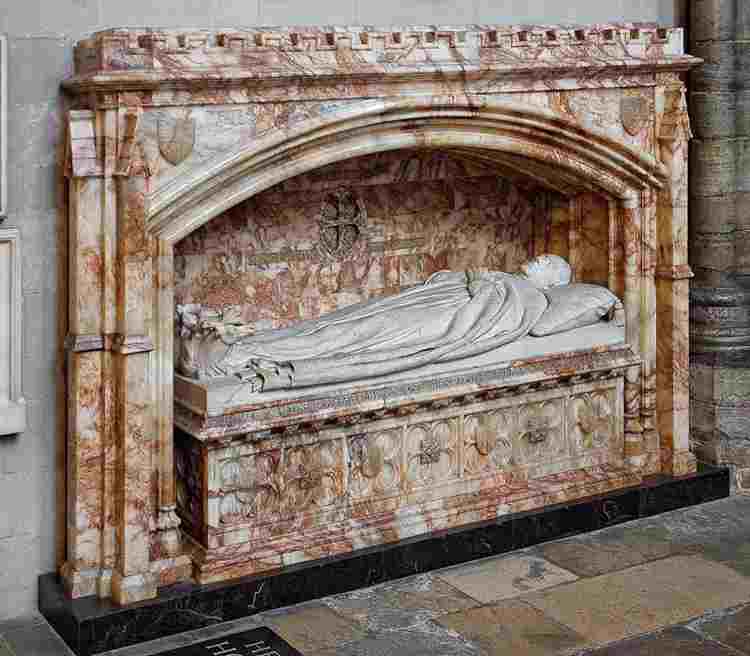
This image can be purchased from Westminster Abbey Library
Image © 2026 Dean and Chapter of Westminster
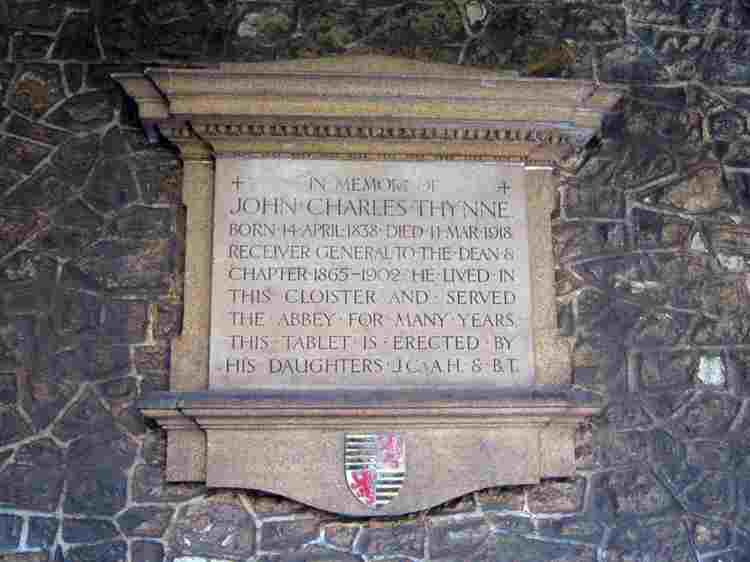
This image can be purchased from Westminster Abbey Library
Image © 2026 Dean and Chapter of Westminster
